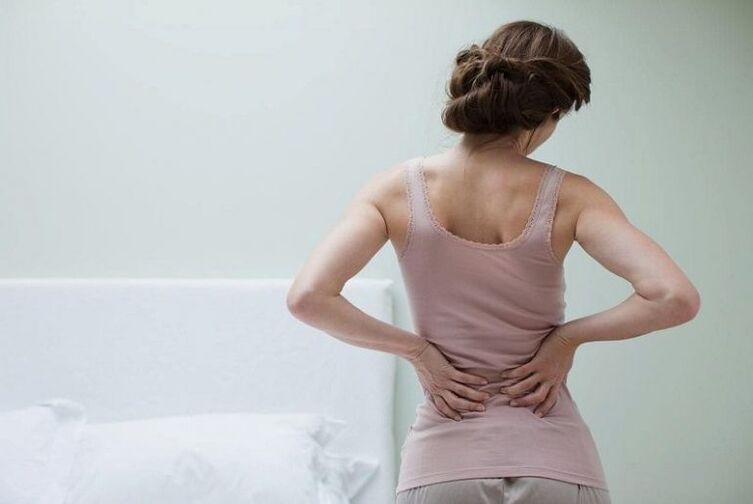
The lumbar spine connects the solid, thoracic and sacral sections of the spine and plays the most important role. It ensures mobility of the spine.
With the development of degenerative processes in the intervertebral discs, signs of osteochondrosis of the lumbar spine appear. A serious illness can make life considerably more difficult and lead to a reduction in the ability to work and even disability.
causes
This disease is spreading all over the world. This is favored by common factors such as lack of exercise, poor environmental conditions, malnutrition and obesity. At the same time, the heaviest loads often fall on the back, so it is important to know the causes of lumbar osteochondrosis.
- More than half of the cases of the disease are associated with a hereditary predisposition, which determines the structure of the easily deformable intervertebral discs.
- Work associated with regular physical overload is a negative factor that can cause problems with the spine.
- With incorrect posture, aggravated by hypodynamia, the lumbar spine is more heavily loaded.
- Injuries to the spine in the future often lead to the manifestation of the disease. Therefore, representatives of professional sports are at risk.
- Osteochondrosis was a disease of old age many years ago - it has its own logic. Discs are more prone to warping as they age. However, today this disease can be observed in thirty-year-olds. The impetus for the development of osteochondrosis are errors in the independent performance of complex physical exercises.
- If there are any pathologies of the joints, then severe hypothermia and severe tension when lifting a heavy load can provoke pain.
- Excess weight puts additional strain on all joints in the spine.
- Often the onset of the disease is associated with pathologies of some internal organs: liver, kidneys and others.
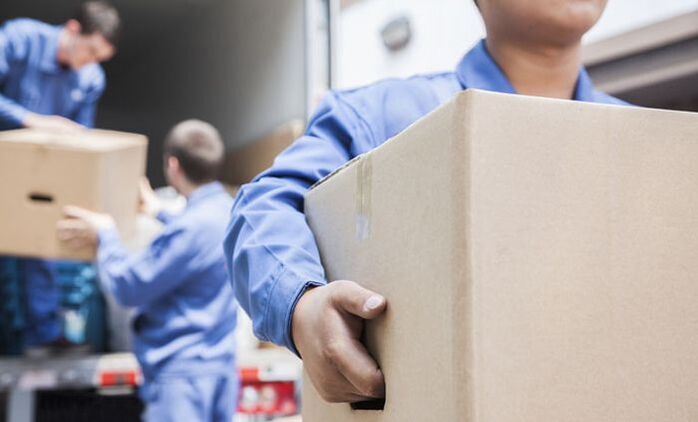
symptoms
So, consider the signs of osteochondrosis of the lumbar spine.
- At first, the first and main symptom of the disease is periodic pains that appear in the lumbar region with heavy exertion. At first it passes after rest, but then becomes permanent, covering not only the lower back but also the lower body. As the vertebra continues to be destroyed, the pain gets worse, and there is a feeling of heat or cold in the back.
- The sensitivity of the skin of the lower body decreases or even disappears completely, spasm of the arteries may occur. The fact that the vertebra is no longer fixed by the intervertebral disc is fraught with serious damage to the internal organs.
- Symptoms of lumbar osteochondrosis in women are complemented by inflammation in the ovaries, appendages and uterus. This circumstance can mask the main characters and lead to a diagnostic error.
- Due to severe pain, a person has to be in an unnatural position most of the time, causing the spine to shift to one side. A stoop appears in the posture and tension in the gait.
- The spine loses its mobility and flexibility. The effect of lumbodynia is observed when, after prolonged work in a bent state, the patient finds it difficult to straighten up.
- Compression of the nerve root in the vertebra is accompanied by acute pain and can have consequences in the form of restricted mobility.
- Osteochondrosis of the lumbar spine is also characterized by symptoms of ischemic syndrome, that is, a group of signs associated with a decrease in blood flow in the compressed vessels. First, spasm of the arteries occurs episodically, accompanied by pain when walking. After the rest they pass. However, over time, the spasm prolongs, the pelvic organs stop receiving nutrition, which disrupts their work. A disruption in blood flow can lead to paralysis.
- The disease can cause pain in the tailbone. Signs of sacral osteochondrosis differ in some originality, so it is more difficult to diagnose. Despite severe, even bursting pain, they are administered into the surrounding tissues, so the patient cannot specify the exact place of their localization. In addition, they are accompanied by inflammatory processes of the urogenital system. There is frequent urination or urinary incontinence, constipation, it is difficult for the patient to sit and move.
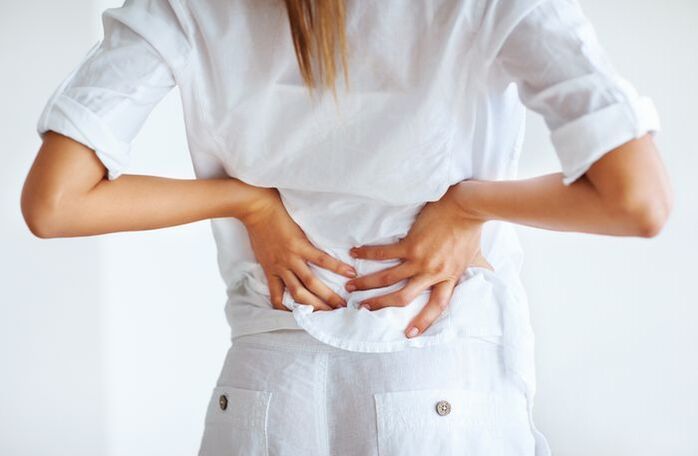
complications
If the problem is not treated, progressive disease can lead to serious complications.
- The result of the rupture of the fibrous ring is the pinching of the nerve endings by the protruding nucleus pulposus - an intervertebral hernia occurs.
- Prolonged inflammatory processes in the spine can lead to sciatica - a disease of the roots of the spinal nerves.
- A very serious complication is inflammation of the sciatic nerve, which is characterized not only by severe pain, but also by numbness in the limbs.
- Impaired blood flow in the spinal cord can cause compressive myelopathy.
- Ponytail syndrome is one of the most serious consequences of osteochondrosis. A bundle of nerve endings emanating from a vertebra at the end of the spinal cord is responsible for transmitting impulses out of the body, allowing the brain to control the body's work. Their acute inflammation can cause dysfunction of the urogenital system and partial or complete paralysis of the limbs.
treatment
Osteochondrosis of the lumbar spine, its symptoms and treatment depend on the place where the nerve ending was pinched, where pain and loss of sensitivity are felt. If therapy is started on time, it will be quite successful, but in any case requires an integrated approach.
Drugs are only used to relieve acute pain. The main goal of therapy is to stop the development of the disease and return the spine to its correct position and restore normal blood flow in it. This is a complex and lengthy process that requires the use of various rehabilitation methods.
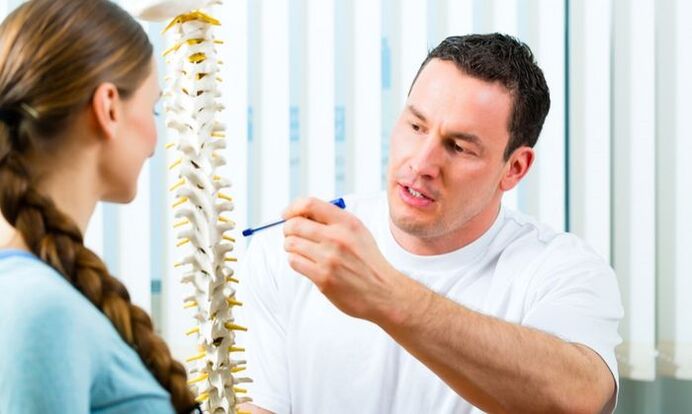
physical therapy
Remedial gymnastics plays an important role in rehabilitation. It is prescribed a few days after the elimination of severe pain, is selected separately for each patient and depends on:
- disease stage,
- Causes of osteochondrosis of the lumbar spine,
- age of the patient,
- pain localization sites,
- and other factors.
The main goal of therapeutic exercises is to create a reliable muscular corset, which will help reduce the load on the intervertebral discs. In the initial phase, several low-impact exercises are offered. It increases gradually. In the course of time, special exercises are added to the general ones.
Gymnastics is initially performed in the supine position. In this case, the load on the spine is minimal, there is no increase in pain. The next stage is exercises lying on your side, and then on your stomach. You can put a pillow under it, and a roller under the joints of the lower extremities.
At the initial stage, all exercises are performed very slowly and carefully. Gradually, as the amplitude of movements increases, new ones are added. After the pain has stopped and the patient's condition has improved, the complex is supplemented with exercises that are performed while standing on all fours, then sitting on a chair, and then standing.
If the disease is chronic, then depending on the patient's well-being, he is allowed to engage in certain sports - swimming, skiing and others. The effectiveness of the therapeutic exercises is increased many times over with regular instruction.
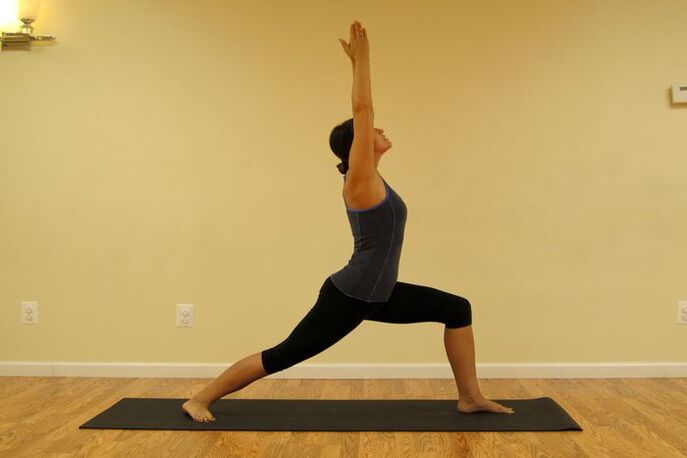
Manual therapy and massage
Manual therapy is one of the oldest and most effective methods within the framework of complex measures for the treatment of lumbar osteochondrosis and its symptoms. The course includes several procedures that can eliminate the cause of pain and numbness in the limbs, relieve tension in muscle fibers, restore blood circulation and mobility of the joints. Using this technique, you can get a quick and positive effect, comparable to the results of therapeutic exercises. However, it has some contraindications that should be taken into account when including it in complex treatment.
An excellent tool in the fight against a serious illness is massage. After several sessions, the patient feels better, muscle stiffness disappears, and joint mobility is restored. But each case of the disease has its own characteristics, and only a qualified specialist should prescribe this procedure.
There are a number of contraindications in which massage is prohibited for a certain category of patients:
- neoplasms of another kind;
- third degree hypertension;
- moles in the massage area;
- arrhythmia and other pathologies of the heart;
- blood diseases;
- women's diseases and some others.
As a rule, a traditional type of massage is prescribed. The first procedures may be accompanied by slight pain, which will soon stop.
Severe pain during the session is unacceptable. To improve blood circulation in the affected area, vacuum massage with cans can be used.
A doctor will help you defeat osteochondrosis and symptoms of the lumbar spine and choose the most effective treatment. Most likely, massage will go into the list of recommendations.
physical therapy
The complex of therapeutic measures includes physiotherapeutic methods. They allow you to act locally on the affected area and eliminate unpleasant symptoms. The following types of physical therapy are widely used:
- exposure to an electric or electromagnetic field allows you to increase blood circulation and metabolic processes in tissues.
- ultraviolet light reduces inflammation, stimulates the production of vitamin D, strengthens the body's defenses;
- Ultrasonic waves have a high anti-inflammatory effect;
- Due to the mild and effective healing effects of mineral springs and medicinal mud, balneotherapy is widely used both for the treatment and for the prevention of diseases of the spine.
This method also has certain contraindications that should be taken into account when prescribing such procedures.
There are many folk recipes that are widely used in osteochondrosis of the lumbar spine and have proven to be effective remedies. They can be a good addition to the main treatment, after consulting a specialist doctor. Ointments and compresses, decoctions of herbs can be used for rubbing or ingestion. Homemade products can cause allergic reactions. Poisonous plants can also be prescribed in prescriptions, so you need to follow the exact dosage of such substances, check the body's reaction to their use and consult a doctor.
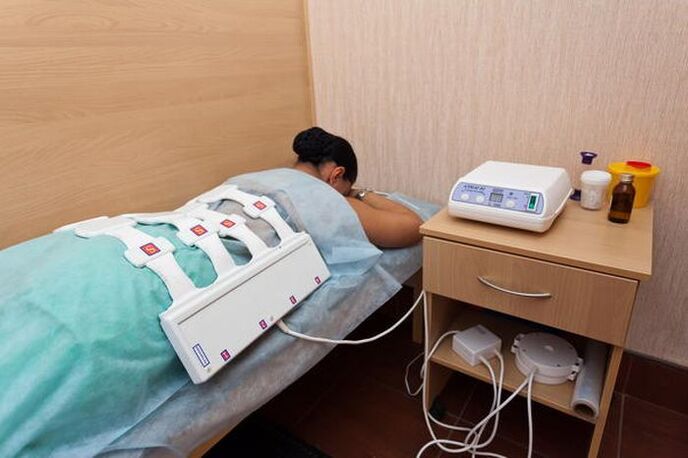
prevention
Measures that can prevent this serious disease should be comprehensive and, most importantly, include physical activity. It can be long walks at a leisurely pace, regular trips to the pool, sports. Walking and running help engage key muscle groups, and water helps them relax better and increase range of motion.
A balanced fractional diet, in which special attention should be paid to foods rich in fiber, is of great importance for health. Vegetables and fruits restore the normal functioning of the digestive system, metabolic products do not remain in the intestines and poison the body. Thanks to small portions, the food is fully processed.
It is necessary to organize a good rest and adequate sleep on a flat and hard surface. Useful orthopedic mattresses that maintain the natural position of the spine.
The first signs of lumbar osteochondrosis require immediate medical attention, and then there is a chance of successful treatment and restoration of spinal function.





















